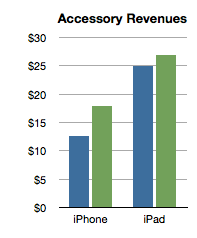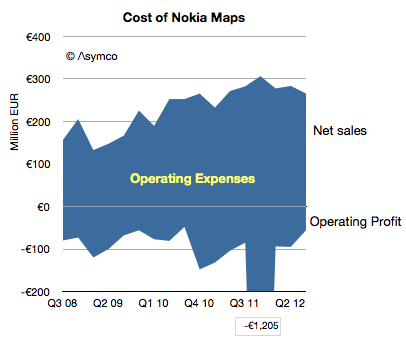Apple’s products are the envy of the world. They have been spectacularly successful and are widely imitated, if not copied. The expectation that precedes a new Apple product launch is only matched by the expectation of the replication of those products by competitors.
This cycle of product mimicry was succinctly summarized by Marc Andreessen regarding a rumored Apple TV product:
And once the television launches, everyone will scramble to copy it. “There’s a pattern in our industry, Apple crystallizes the product, and the minute Apple crystallizes it, then everyone knows how to compete.”
This idea that the basis of competition is set by Apple and then the race is on to climb the trajectory of improvement is so well understood that it’s axiomatic: “It’s just the way things are.” Apple releases a product that defines a category or disrupts an industry and it becomes obvious what needs to be built.
But what I wonder is why there isn’t a desire to copy Apple’s product creation process. Why isn’t the catalyst for a new category or disruption put forward by another company? More precisely, why isn’t there another company which consistently re-defines categories and repeatedly, predictably even, re-defines how technology is used.
Put another way: Why is it that everyone wants to copy Apple’s products but nobody wants to copy being Apple?
Note that I don’t suggest that there isn’t a capability to copy. It may or may not be possible, but capability comes after desire and without desire there can be no capability. What I’m suggesting is that there isn’t a desire to “be like Apple”. If there were a desire, we would be seeing a massive search and debate into what makes Apple successful. Management consultants would be pounding the pavement pitching the “Apple way”. Wall Street would be sizing up companies to a standard of “Apple-ness” and rewarding those who conform and punishing those who don’t.
None of this is happening. I can think of two reasons why:
- Apple is not to be imitated because it’s not worth copying. I.e. Apple is not a successful company.
- Apple is successful but Apple cannot be copied because its success is a magical process involving sorcery.


